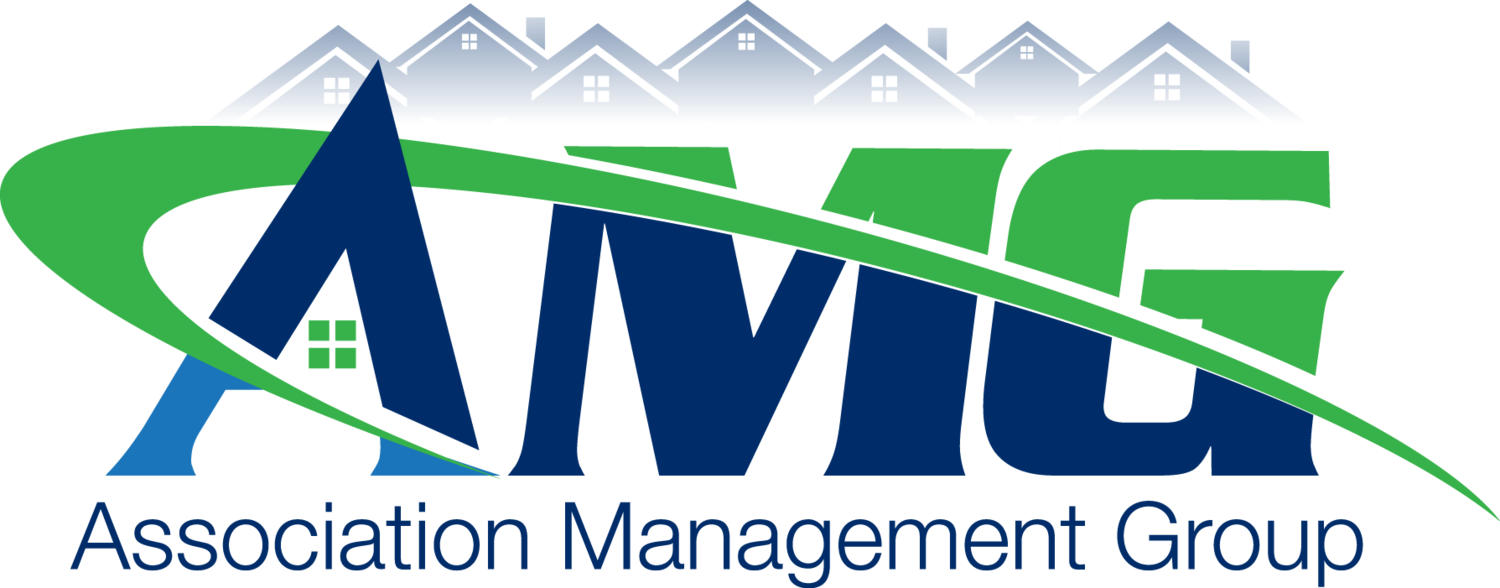Understanding Collections in Community Associations
THE COLLECTIONS PROCESS
The collections process involves several steps to recover outstanding dues or fees from delinquent homeowners. Here are the main stages:
Demand Letter: A formal demand letter is sent to the delinquent homeowner, providing a 30-day notice to pay the outstanding amount.
Claim of Lien: If the homeowner fails to pay or arrange a payment plan, a claim of lien is filed on the property. This action secures the association's interest in the property.
Foreclosure: In cases where a resolution cannot be reached, the association may initiate foreclosure proceedings. This involves filing a legal claim and scheduling a court hearing.
Sale of Property: As a last resort, if the delinquency persists, the property may be sold to recover the unpaid dues. Eviction of occupants may be necessary in such cases.
TIMEFRAME AND STATISTICS
The collections process duration may vary depending on individual circumstances. On average, the entire process, from demand letter to potential foreclosure, may take between 6 and 9 months.
Payment within 30 Days: Approximately 50% of homeowners tend to pay in full, including all dues, fees, and penalties, upon receiving the demand letter.
Claim of Lien Stage: An additional 20% of homeowners often pay after the claim of lien is filed, resulting in a total collection rate of approximately 70% at this stage.
TIPS FOR EFFECTIVE COLLECTIONS
To ensure an efficient and successful collections process, consider the following tips:
Act Like a Corporation: Treat the association's finances and collections with professionalism, following reasonable timelines and pursuing debts diligently.
Engage Professional Management: Utilize the expertise of professional association management companies to handle collections effectively.
Confidentiality: Maintain confidentiality by refraining from discussing collections matters with homeowners or other community members to avoid potential complications and liability issues.
Educate Homeowners: Communicate the importance of timely payments, explaining that dues contribute to essential services and maintenance required for the community's well-being.
Consistent Treatment: Ensure consistent treatment of all homeowners in the collections process, avoiding favoritism or discriminatory practices.
PITFALLS AND DANGERS TO AVOID
Be aware of potential pitfalls and dangers associated with collections.
Here are some points to consider:
Delayed Collections: Avoid delaying or neglecting collections, as it can negatively impact the association's financial stability and ability to fulfill obligations.
Unauthorized Debts on Ledger: Exercise caution when adding expenses to a homeowner's ledger, ensuring they are legally authorized fees, dues, interest, late fees, fines, or special assessments.
Seek Professional Advice: Consult professionals, such as attorneys and contractors, to make informed decisions regarding collections, ensuring compliance with the law and best practices.
IN CONCLUSION
Understanding the collections process is crucial for community leaders to maintain financial stability and ensure the well-being of their associations.
By following the steps outlined in this guide, acting professionally, and seeking expert advice when needed, community leaders can effectively manage and recover outstanding dues.
Remember to treat all homeowners consistently, maintain confidentiality, and educate homeowners on the importance of timely payments. Together, these efforts contribute to the success and prosperity of the community association.





















